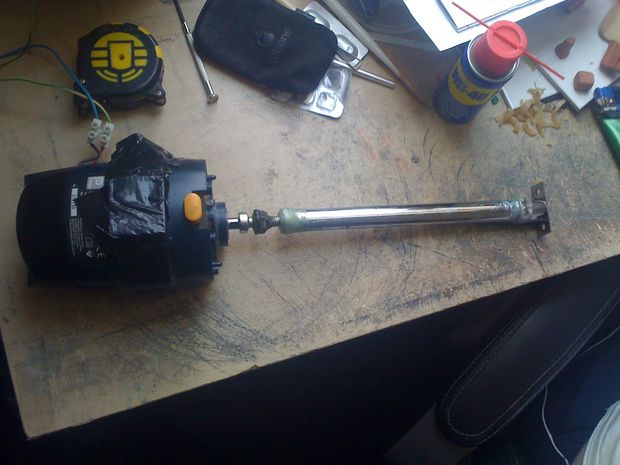
Pedaling through ragged terrain requires shock absorbers in order to offset the shocks and create a balance in through the cycling process. However, pedaling up a rugged terrain leads to wastage of energy as most of the energy is lost through the shock absorbers of the bike. To solve this problem, linear actuators are used to improve efficiency in pedaling by damping the swinging motions caused by ragged terrain. The mechanical system considers the movement, inflection and nature of the road surface on which the bike moves. The linearly actuated suspension is viewed as an active mechanical system that uses sensors to offset the shocks and provide a smooth riding experience.
How it Works
Actuators – Explained
As opposed to the usual suspensions, linear actuators are fitted at the front and rear wheels of the bike resulting into improved efficiency in terms of shock absorption. According to experts in the field, small linear actuator modules are fitted in the front space of the stock fork and a battery pack is attached to the frame connecting the pedal hub and the front fork. The actuators are connected to the sensors using a few wires then connect to the control unit. The control unit has several buttons that the rider uses to change the mechanical working of the wheels based on the terrain. The sensor unit consists of a programmable micro-controller that implements algorithmic language such as the C++ language. The programmable unit enables the rider to choose different modes that change the suspension units using the buttons located at the grips on the steering wheel.

Making a Powerful Linear Actuator
The manual mode enables the rider to lock and unlock front and rear suspension units. However, it is difficult to change the locks manually, a problem which is solved by the programmable unit which allows the rider to select semi-automatic mode. The semi-automatic mode works on the Climb-Trail-Descent mode. On an uphill terrain, the climb mode is activated, while trail is activated when riding on a straight line. When the bike is on descent, the descent mode is activated. When each mode is activated, the suspensions are adjusted by inclining the actuator modules in different angles. The system sensors initiate the change of linear actuators depending on bike acceleration and terrain. The sensors include sprung acceleration sensors, speed sensors and cadence sensors. Using the sensors, the actuator system calculates the raggedness of bumps, swinging forks, bike speed, cadence and angle of the bike when negotiating corners. The linear actuators used in these bikes can be connected to a mobile device via Bluetooth connection. The connection allows the user to edit settings of the linear actuators in the suspension in manual and semi-automatic.
Adjustments in functionality
Controlling Linear Actuator With Android App and Arduino
Challenges posed by using linear actuators in front and rear suspensions are overcome by using high precision but small actuator modules. The small size and weight ensures the overall weight of the normal bike increases by a small margin of about 150 grams. The software application installed in the control unit can be replaced by a better program using the USB cable so that the control of linear actuators is adjustable and programmable. The battery unit serves the actuators and the Bluetooth module. However, the connections are made such that the system consumes less power in idle mode and disconnects automatically in active mode to save energy.




